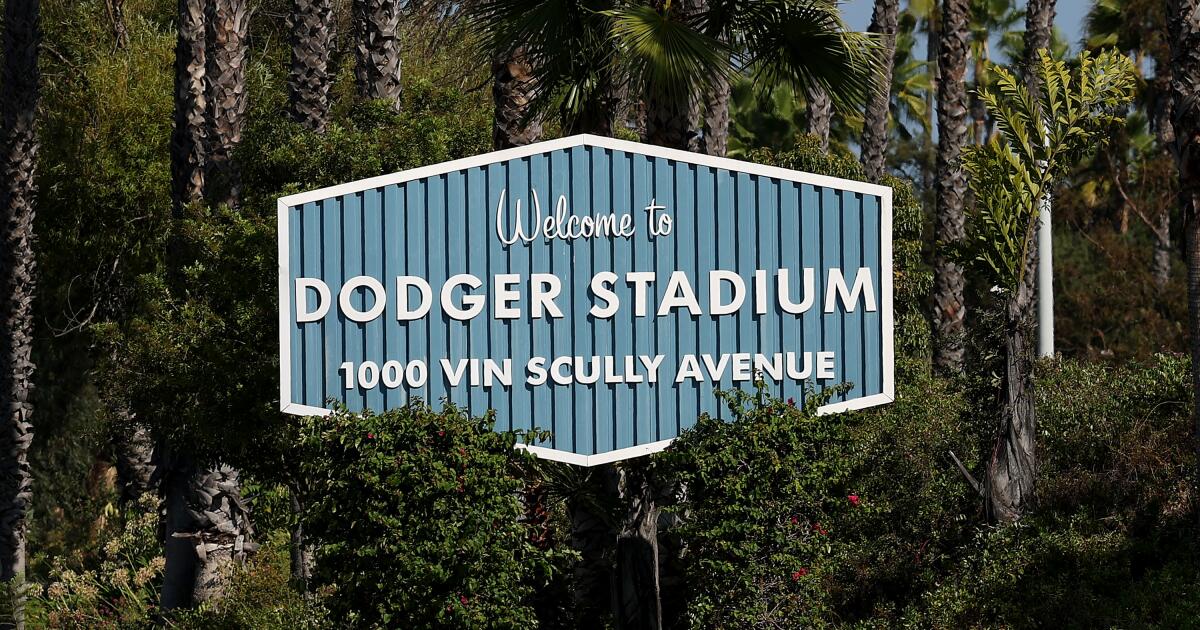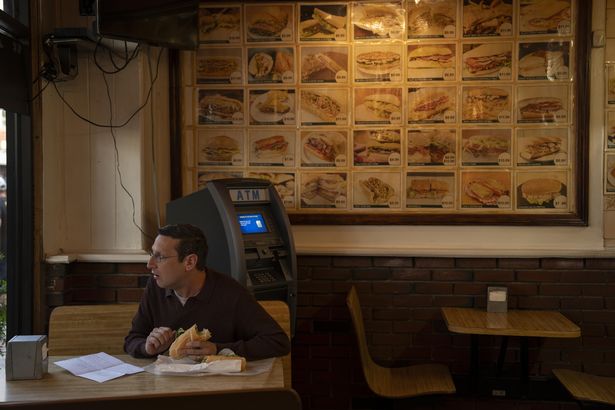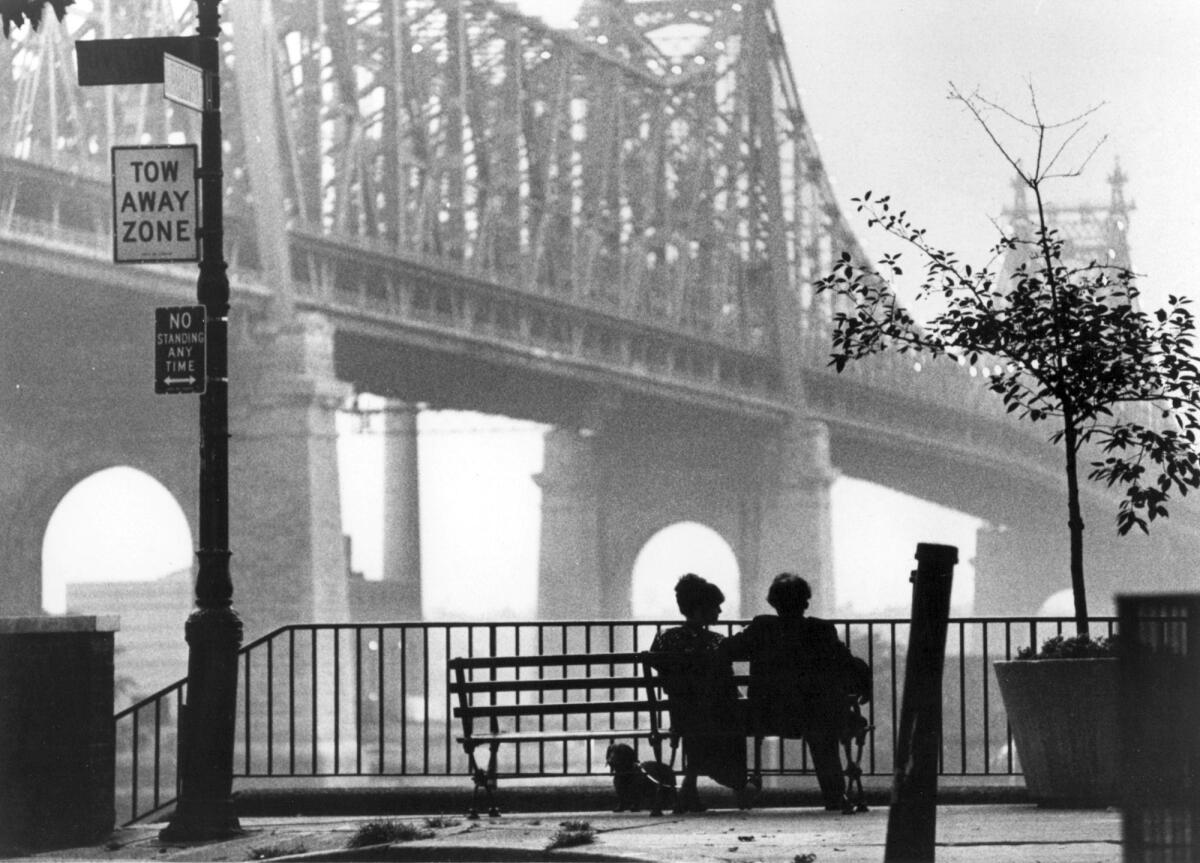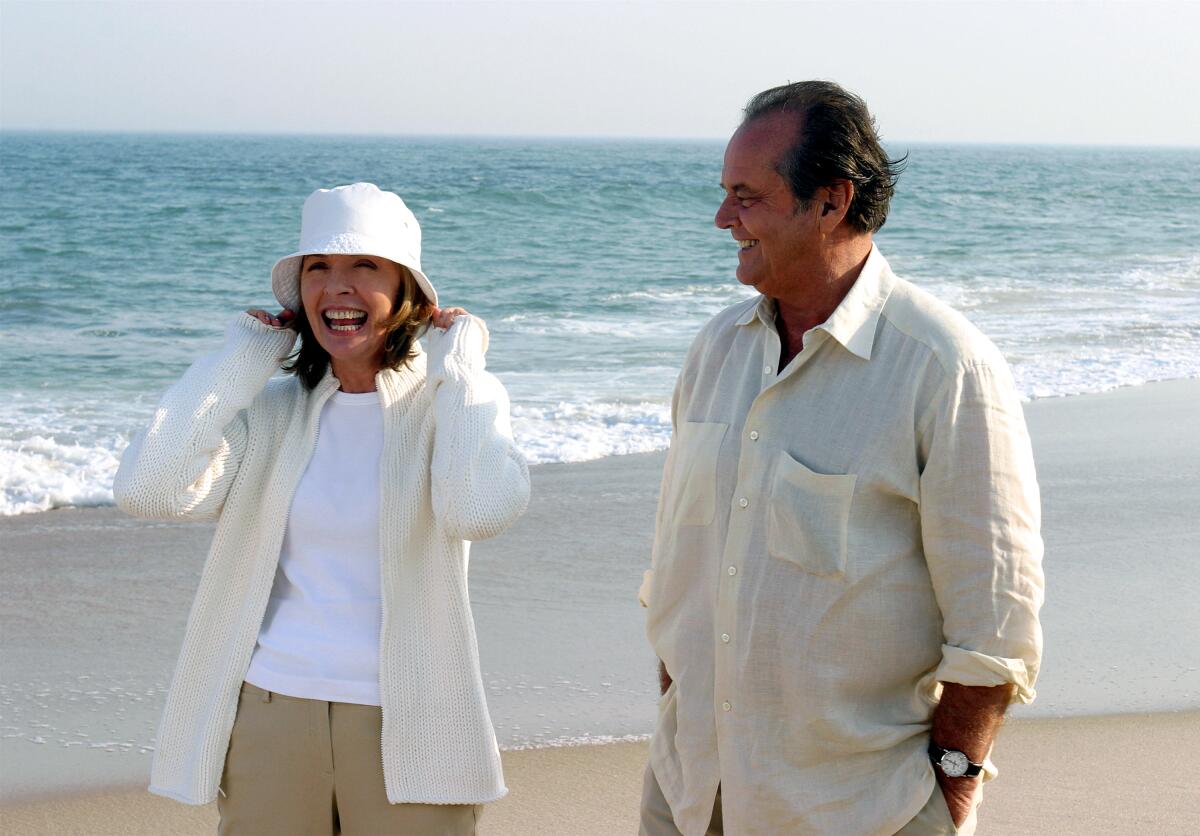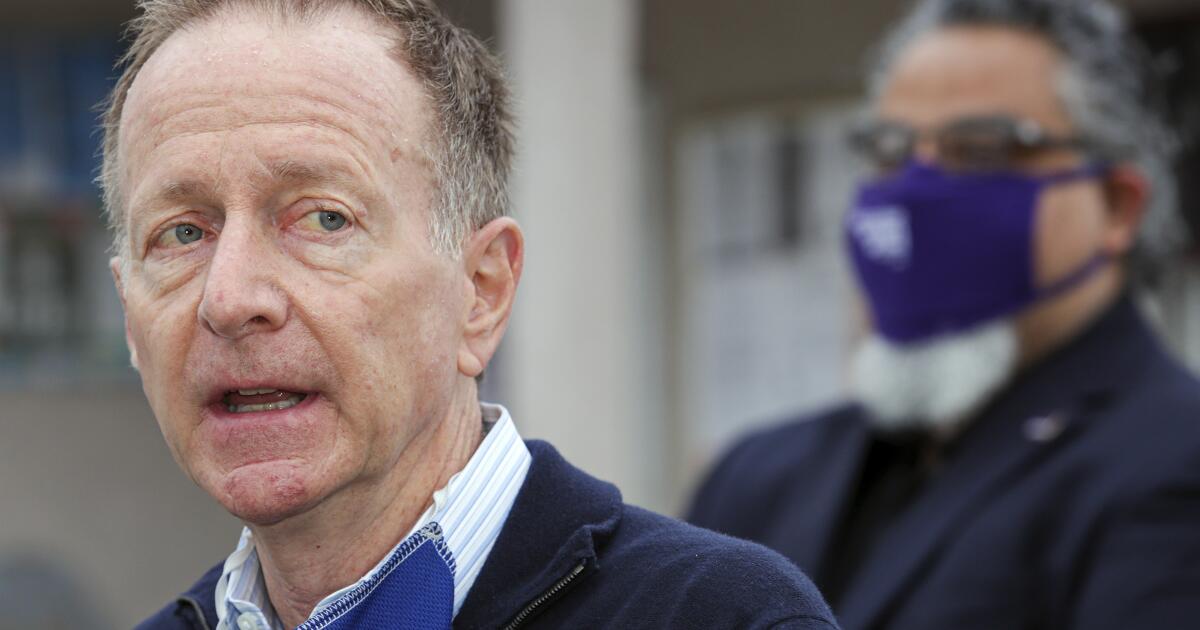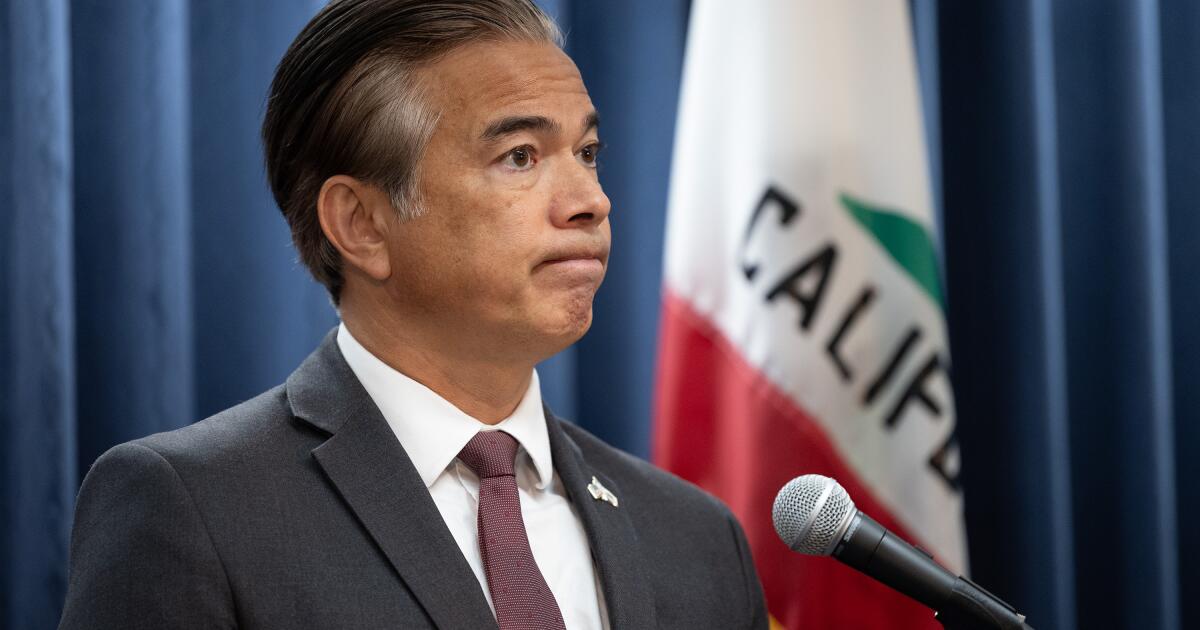Hi and welcome to another edition of Dodgers Dugout. My name is Houston Mitchell, and I can picture Vin Scully and Bob Uecker sitting on a cloud, watching this series.
—First, the bad news: In the NLCS, the Dodgers will be facing the team with the best record in baseball, the Milwaukee Brewers. And the Brewers went 6-0 against the Dodgers this season, outscoring them 31-16.
—The good news: None of that means anything in the postseason.
—This is the seventh time a team has swept an opponent in the regular season and met that same team in the postseason. A look:
2015 NLCS: Chicago swept the Mets in the season, 7-0. Mets swept the Cubs in the NLCS, 4-0.
2014 World Series: Kansas City swept San Francisco in the season, 3-0. Giants beat the Royals in the World Series, 4-3.
2009 ALDS: Yankees swept Minnesota in the season, 7-0. Yankees swept the Twins in the ALDS, 3-0.
2007 ALDS: Yankees swept Cleveland in the season, 6-0. Indians beat the Yankees in the ALDS, 3-1.
2006 World Series: Detroit swept St. Louis during the season, 3-0. Cardinals beat the Tigers in the World Series, 4-1.
2003 ALDS: Yankees swept Minnesota during the season, 7-0. Yankees beat the Twins in the ALDS, 3-1.
—Who will be on the NLCS roster? We should find out a few hours before game time today. With it being a seven-game series, I would expect fewer position players and more pitchers, but which relievers make the team?
—The Dodgers will start Blake Snell in Game 1 and Yoshinobu Yamamoto in Game 2 against the Brewers, who have not announced a Game 1 starter, but their ace, Freddy Peralta, will start Game 2.
—The Dodgers need another reliever to step up in this series, as it seems unlikely that Roki Sasaki can pitch three innings every game. Will they keep Justin Wrobleski on the roster? Which right-handers will they add? Ben Casparius?
—The biggest question on offense: Can Shohei Ohtani start hitting again? He went one for 18 in the NLDS, with nine strikeouts.
—The Brewers used a ton of lefties against Ohtani. “There were at-bats that didn’t go the way I thought they would,” Ohtani said after the Game 4 victory. “The opposing pitchers didn’t make many mistakes. They pitched wonderfully, in a way that’s worthy for the postseason. There were a lot of games like that for both teams.”
—Dave Roberts’ take: “Hoping that he can do a little self-reflecting on that series, and how aggressive he was outside of the strike zone, passive in the zone. The at-bat quality needs to get better.”
—Not only Ohtani, but the Dodgers overall are much more successful when they remain patient and work the count. It also allows them to get to the other team’s bullpen quicker. Wearing out the other team’s bullpen will be key the longer the series goes.
—The ALCS features teams that joined the league in 1977: Seattle and Toronto. The Mariners are the only current MLB team to never play in the World Series.
—Once again, the Dodgers’ opponent will have home-field advantage.
—I could go on and on with thoughts and reflections, but it doesn’t mean much. The postseason is all new, and anything can happen. Just hang on and enjoy the ride.
Prediction: Dodgers in 6.
Let’s take a look at how the teams compare and where they ranked among the 30 teams:
Batting
Runs per game
Dodgers, 5.09 (2nd)
Brewers, 4.98 (3rd)
MLB average, 4.45
Batting average
Brewers, .258 (2nd)
Dodgers, .253 (5th)
MLB average, .245
On-base %
Brewers, .332 (2nd)
Dodgers, .327 (5th)
MLB average, .315
Slugging %
Dodgers, .441 (2nd)
MLB average, .404
Brewers, .403 (12th)
Doubles
Brewers, 265 (9th)
MLB average, 258
Dodgers, 257 (13th)
Triples
Dodgers, 21 (T12th)
MLB average, 21
Brewers, 18 (T19th)
Home runs
Dodgers, 244 (2nd)
MLB average, 188
Brewers, 166 (22nd)
Walks
Dodgers, 580 (2nd)
Brewers, 564 (4th)
MLB average, 513
Strikeouts
MLB average, 1,355
Dodgers, 1,353 (16th)
Brewers, 1,266 (26th)
Stolen bases
Brewers, 164 (2nd)
MLB average, 115
Dodgers, 88 (T21st)
Sacrifice bunts
Brewers, 26 (6th)
MLB average, 19
Dodgers, 13 (T20th)
Batting average with two out and runners in scoring position
Dodgers, .271 (1st)
Brewers, .265 (3rd)
MLB average, .233
As you can see, the Dodgers have more power, but the Brewers are more pesky on offense, getting more singles and stealing more bases. They stole two bases in the NLDS, the Dodgers haven’t tried to steal a base in the postseason.
Pitching
ERA
Brewers, 3.58 (2nd)
Dodgers, 3.95 (16th)
MLB average, 4.15
Team ERA after All-Star break
Dodgers, 3.45 (2nd)
Brewers, 3.49 (3rd)
MLB average, 4.28
Rotation ERA
Brewers, 3.56 (3rd)
Dodgers, 3.69 (5th)
MLB average, 4.21
Bullpen ERA
MLB average, 4.08
Brewers, 3.63 (7th)
Dodgers, 4.27 (21st)
FIP (click here for explainer)
Brewers, 3.91 (6th)
Dodgers, 3.93 (7th)
MLB average, 4.16
Walks
Dodgers, 563 (5th)
Brewers, 534 (10th)
MLB average, 513
Strikeouts
Dodgers, 1,505 (1st)
Brewers, 1,432 (5th)
MLB average, 1,355
Saves
Dodgers, 46 (5th)
Brewers, 45 (T6th)
MLB average, 40
Blown saves
Dodgers, 27 (T7th)
MLB average, 24
Brewers, 21 (T21st)
Inherited runners who scored %
Dodgers, 26.1% (3rd)
Brewers, 31.7% (13th)
MLB average, 31.8%
Relief innings
Dodgers, 657.2 (1st)
MLB average, 595
Brewers, 634.2 (4th)
Relief wins
Dodgers, 44 (T1st)
Brewers, 37 (T6th)
MLB average, 33
Relief losses
Dodgers, 33 (T7th)
MLB average, 29
Brewers, 25 (T21st)
The players
When comparing the main players on the teams, keep in mind that players can move around depending on who is starting and managerial whim. For a full look at the Brewers statistically, click here.
DH
Dodgers, Shohei Ohtani. .282/.392/.622, 25 doubles, 55 homers, 102 RBIs
Brewers, Christian Yelich, .264/.343/.452, 21 doubles, 29 homers, 103 RBIs
Catcher
Dodgers, Will Smith, .296/.404/.497, 20 doubles, 17 homers, 61 RBIs
Dodgers, Ben Rortvedt, .224/.309/.327, 2 doubles, 1 homer, 4 RBIs
Brewers, William Contreras, .260/.355/.399, 28 doubles, 17 homers, 76 RBIs
Brewers, Danny Jansen, .254/.346/.433, 3 doubles, 3 homers, 17 RBIs
First base
Dodgers, Freddie Freeman, .295/.367/.502, 39 doubles, 24 homers, 90 RBIs
Brewers, Andrew Vaughn, .308/.375/.493, 14 doubles, 9 homers, 46 RBIs
Rhys Hoskins was the Brewers’ starting first baseman when the season begam, but he was injured and sidelined for a couple of months. When he came back, Vaughn had won the job.
Second base
Dodgers, Miguel Rojas, .262/.318/.397, 18 doubles, 7 homers, 27 RBIs
Dodgers, Tommy Edman, .225/.274/.382, 13 doubles, 13 homers, 49 RBIs
Brewers, Brice Turang, .288/.359/.435, 28 doubles, 18 homers, 81 RBIs
Third base
Dodgers, Max Muncy, .243/.376/.470, 10 doubles, 19 homers, 67 RBIs
Brewers, Caleb Durbin, .256/.334/.387, 25 doubles, 11 homers, 53 RBIs
Shortstop
Dodgers, Mookie Betts, .258/.326/.406, 23 doubles, 20 homers, 82 RBIs
Brewers, Joey Ortiz, .230/.276/.317, 18 doubles, 7 homers, 45 RBIs
Left field
Dodgers, Kiké Hernández, .203/.255/.366, 8 doubles, 10 homers, 35 RBIs
Brewers, Jackson Chourio, .270/.308/.463, 35 doubles, 21 homers, 78 RBIs
Center field
Dodgers, Andy Pages, .272/.313/.461, 27 doubles, 27 homers, 86 RBIs
Brewers, Blake Perkins, .226/.298/.348, 6 doubles, 3 homers, 19 RBIs
Right field
Dodgers, Teoscar Hernández, .247/.284/.454, 29 doubles, 25 homers, 89 RBIs
Brewers, Sal Frelick, .288/.351/.405, 20 doubles, 12 homers, 63 RBIs
Of the Brewers listed, Yelich, Turang and Frelick bat left-handed. Perkins is a switch-hitter.
Starting pitchers
Dodgers
*Blake Snell, 5-4, 2.35 ERA, 61.1 IP, 51 hits, 26 walks, 72 K’s
Yoshinobu Yamamoto, 12-8, 2.49 ERA, 173.2 IP, 113 hits, 59 walks, 201 K’s
Shohei Ohtani, 1-1, 2.87 ERA, 47 IP, 40 hits, 9 walks, 62 K’s
Tyler Glasnow, 4-3, 3.19 ERA, 90.1 IP, 56 hits, 43 walks, 106 K’s
Brewers
Freddy Peralta, 17-6, 2.70 ERA, 176.2 IP, 124 hits, 66 walks, 204 K’s
Quinn Priester, 13-3, 3.32 ERA, 157.1 IP, 145 hits, 50 walks, 132 K’s
Jacob Misiorowski, 5-3, 4.36 ERA, 66 IP, 51 hits, 31 walks, 87 K’s
*Jose Quintana, 11-7, 3.96 ERA, 131.2 IP, 120 hits, 50 walks, 89 K’s
The main relievers
Dodgers
*Alex Vesia, 4-2, 3.02 ERA, 5 saves, 59.2 IP, 37 hits, 22 walks, 80 K’s
Emmet Sheehan, 6-3, 2.82 ERA, 73.1 IP, 49 hits, 22 walks, 89 K’s
Blake Treinen, 2-7. 5.40 ERA, 26.2 IP, 30 hits, 19 walks, 36 K’s
Roki Sasaki, 1-1, 4.46 ERA, 36.1 IP, 30 hits, 22 walks, 28 K’s
Brewers
Trevor Megill, 6-3, 2.49 ERA, 30 saves, 47 IP, 36 hits, 17 walks, 60 K’s
*Aaron Ashby, 5-2, 2.16 ERA, 3 saves, 66.2 IP, 54 hits, 24 walks, 76 K’s
Abner Uribe, 3-2, 1.67 ERA, 7 saves, 75.1 IP, 51 hits, 27 walks, 90 K’s
*Jared Koenig, 6-1, 2.86 ERA, 2 saves, 66 IP, 57 hits, 20 walks, 68 K’s
Nick Mears, 5-3, 3.49 ERA, 56.2 IP, 42 hits, 13 walks, 46 K’s
The Brewers used Megill and Ashby as openers in the NLDS against the Cubs, including using Megill, their closer, as the opener in the decisive Game 5. He pitched a perfect inning, then gave way to Misiorowski, who pitched four innings, giving up one run. So the Brewers are not afraid to think outside the box as far as their pitching staff is concerned.
*-left-handed
Poll results
Which team would you rather have the Dodgers face in the NLCS? After 10,236 votes, the results:
Cubs, 89.3%
Brewers, 10.7%
Poll time
What will be the outcome of the NLCS?
Click here to vote in our survey.
Up next
Monday: Dodgers (Blake Snell, 5-4, 2.35 ERA) at Milwaukee, 5 p.m., TBS, truTV, HBO Max, AM 570, KTMZ 1220, ESPN radio
Tuesday: Dodgers (Yoshinobu Yamamoto, 12-8, 2.49 ERA) at Milwaukee, 5 p.m., TBS, truTV, HBO Max, AM 570, KTMZ 1220, ESPN radio
Thursday: Milwaukee at Dodgers, 3 p.m., TBS, truTV, HBO Max, AM 570, KTMZ 1220, ESPN radio
Friday: Milwaukee at Dodgers, 5:30 p.m., TBS, truTV, HBO Max, AM 570, KTMZ 1220, ESPN radio
x-Saturday: Milwaukee at Dodgers, 5 p.m., TBS, truTV, HBO Max, AM 570, KTMZ 1220, ESPN radio
x-Monday, Oct. 20: Dodgers at Milwaukee, 2 p.m., TBS, truTV, HBO Max, AM 570, KTMZ 1220, ESPN radio
x-Tuesday, Oct. 21: Dodgers at Milwaukee, 5 p.m., TBS, truTV, HBO Max, AM 570, KTMZ 1220, ESPN radio
x-if necessary
In case you missed it
How Roki Sasaki’s transformation from injured starter to closer saved the Dodgers’ season
Nine concerns the Dodgers should have about facing the Brewers in the NLCS
Can Shohei Ohtani find it at the plate for NLCS? ‘At-bat quality needs to get better’
Shaikin: Are these the real Dodgers? Why a ‘whole other level’ could emerge in the NLCS
Hernández: Roki Sasaki’s playoff dominance shows why he’s the Dodgers’ future staff ace
And finally
Highlights from the 2024 Dodgers-Mets NLCS. Watch and listen here.
Until next time…
Have a comment or something you’d like to see in a future Dodgers newsletter? Email me at [email protected]. To get this newsletter in your inbox, click here.
